Hidden Treasures of the South West Coast Path
Plan your walk along the South West Coast Path to include some of these incredible hidden treasures.
Hidden Treasures of the South West Coast Path
https://www.contours.co.uk/hidden-treasures-of-the-south-west-coast-path
by Sue Talbot
Stretching 630 miles from Minehead in Somerset to Poole in Dorset, the South West Coast Path is an iconic trail that showcases the natural beauty and rich history of the southwest coast of England.
From towering cliffs and rocky headlands to secluded coves with sandy beaches, the path meanders through some of the country’s most breathtaking scenery, dotted with hidden treasures waiting to be discovered.
The trail also carries a rich heritage and serves as a window into the region’s natural history, with many historical landmarks that tell tales of old.
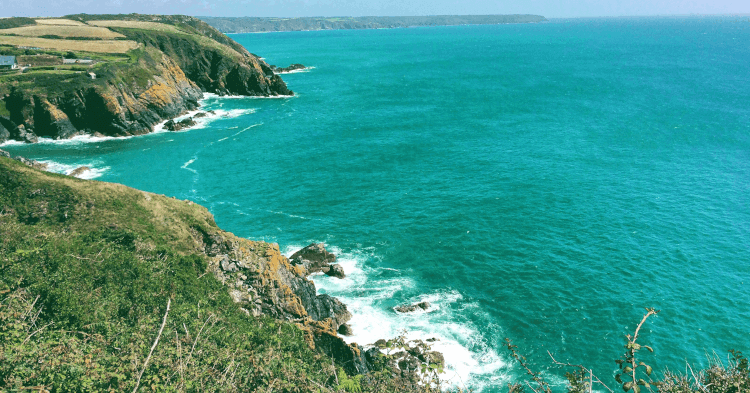
If you’re a nature lover, you’ll be in your element discovering the vibrant flora and fauna found in the coastal heathlands of Dorset or enjoying the remarkable geology of the Jurassic Coast. Home to rare species such as the chough and the grayling butterfly, the region offers fabulous opportunities for birdwatching and wildlife spotting.
Nestled in a steep valley in North Devon, the fishing village of Clovelly has a captivating timelessness. Cobblestone streets and rows of traditional thatched-roof cottages tumble down to the picturesque harbour, and the absence of cars and preservation of the village’s original architecture make you feel as though you’ve stepped back in time.
You’ll find plenty of pavement cafes for watching the world go by with a coffee, or you can browse the art galleries and quaint shops.
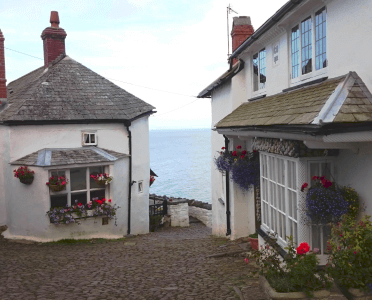
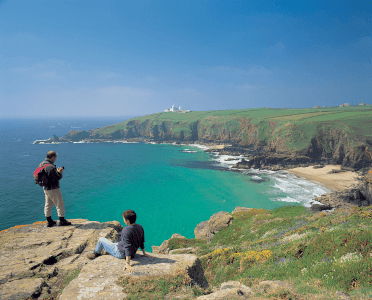
Standing proudly as the southernmost point of mainland Britain, the dramatic headland of Lizard Point offers breathtaking views that reach across the Atlantic Ocean. The area is well-known for its diverse marine life, coastal flora and fascinating geological formations, making it a must-visit spot if you’re a nature enthusiast or budding photographer.
The enchanting Minack Theatre, perched on the rugged cliffs near Porthcurno in the Far West of Cornwall, is a captivating sight and a cultural gem of the trail.
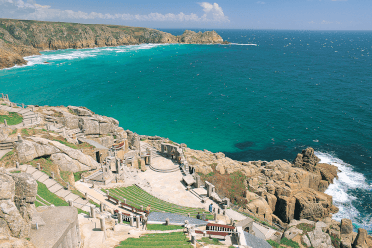
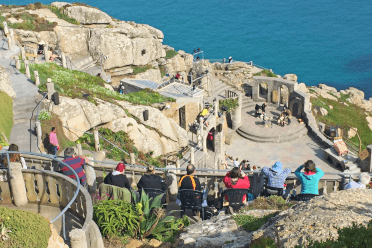
Carved from the rocks overlooking the Atlantic, this open-air theatre hosts lively performances against a backdrop of stunning sea views. The theatre was built in the 1930s and features terraced seating made from granite.
Throughout the year, you can watch diverse performances here, from Shakespearean plays to more contemporary productions.
Spanning 95 miles, from Devon into Dorset, the Jurassic Coast exposes a treasure trove of geological wonders. This UNESCO World Heritage Site boasts millions of years of history in its cliffs, capturing the imagination with its fossils, rock formations and hidden coves that make up its rich tapestry.
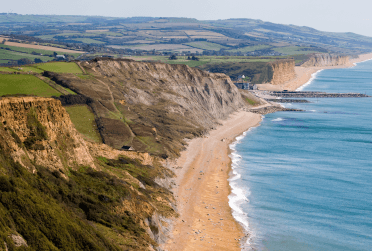
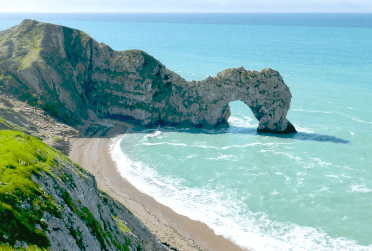
One of the Jurassic Coast’s most photographed sights is Durdle Door, a natural limestone arch that nuzzles between Lulworth Cove and Weymouth.
The distinctive structure is a testament to the power of the sea and the forces of Mother Nature and has become a popular spot for wild swimmers. The stone arch was formed thousands of years ago and is one of the most famous of its kind in the world.
Situated on the Roseland Peninsula, St Mawes Castle exudes history and charm. The coastal fortress, built by Henry VIII, offers panoramic views of the Carrick Roads estuary and Falmouth Bay. Wander through the castle’s battlements, constructed to defend against invasions, and immerse yourself in the legacy of Cornwall’s maritime past.
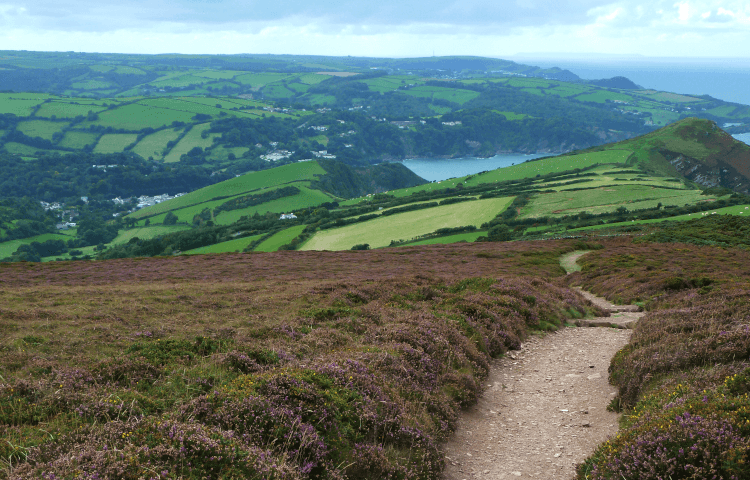
The first 35 miles of the South West Coast Path takes in the rugged wilderness of Exmoor. Characterised by its moorland, quaint villages and rolling hills, Exmoor National Park is home to abundant wildlife, including red deer and wild ponies which roam the park’s diverse habitats
As well as its wildlife-rich landscapes, the area is also packed with history that flows through the ancient valleys and woodlands.
Surrounded by the turquoise waters of Devon’s south coast, Burgh Island is a true hidden gem. Accessible only during low tide, the prominent tidal island plays host to an Art Deco hotel, frequented by writers and artists in the 1930s, which adds to its curious charm. The island itself is relatively small at just 25 acres, but the views from here are immense.
Beyond its aesthetic allure, the island holds significant historical importance as it was once a hub for smugglers in the 18th century, and remnants of their secret hideouts can still be found along its shores.
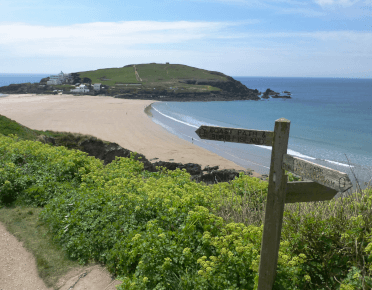
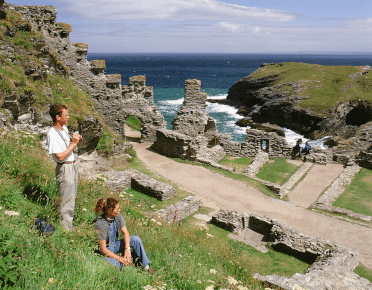
Linked to the mythical stories of King Arthur and his Knights of the Round Table, the ruins of Tintagel Castle enjoy a dramatic cliff-top setting along the coast of Cornwall. The site has a rich history, dating back to the Roman era, when it was used as a trading post. Later, during the medieval period, Tintagel played a vital role as a stronghold and trading hub.
Adventure Travel Blogger
Sue Talbot is an adventure travel blogger and iPhone photographer who’s often found hiking up the Lakeland fells or swimming in fairy pools. Her outdoor adventures and photographs can be found on her blog, Lifehop, and also her Lake District Lovers Facebook page.
Interested in walking the South West Coast Path?
Contours Holidays offer the South West Coast Path split into ten sections that can be combined to create longer walking holidays as you please.